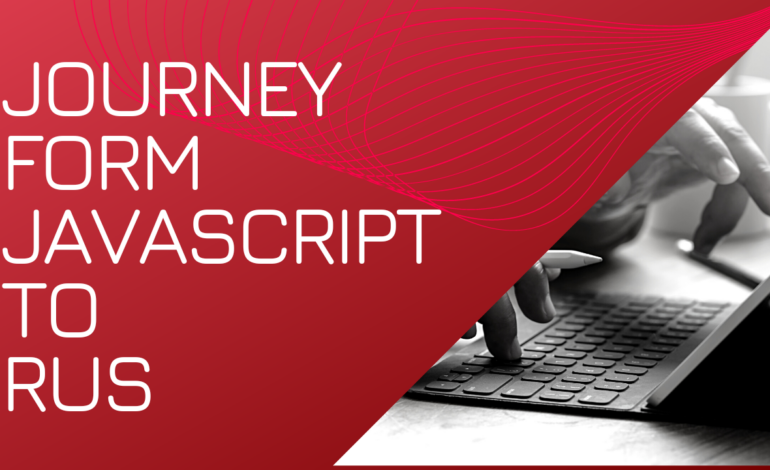Nailing Your Next Python Technical Interview

As a programmer, technical interviews can be challenging. When it comes to Python, understanding the language’s core concepts and being able to demonstrate your skills is crucial. In this guide, we’ll discuss some key topics that often come up in Python interviews and provide examples and resources for deepening your understanding.
1. Python Basics
Variables and Data Types
In Python, variables are dynamically typed, which means you don’t need to declare their type ahead of time. Python has several built-in data types, including integer, float, string, list, tuple, and dictionary.
x = 10 # integer
y = 3.14 # float
name = "Alice" # string
my_list = [1, 2, 3] # list
my_tuple = (1, 2, 3) # tuple
my_dict = {"Alice": 25, "Bob": 30} # dictionary
Further reading: Python Data Types
Control Structures
Python uses standard control structures like if, for, and while statements. It also has elif and else clauses for conditional branching.
x = 10
if x > 0:
print("Positive")
elif x < 0:
print("Negative")
else:
print("Zero")
Further reading: Python Control Flow
2. Advanced Python Concepts
Object-Oriented Programming
Python supports object-oriented programming (OOP). The OOP concepts include classes, objects, inheritance, polymorphism, and encapsulation.
class Person:
def __init__(self, name, age):
self.name = name
self.age = age
def say_hello(self):
print(f"Hello, my name is {self.name} and I'm {self.age} years old.")
alice = Person("Alice", 25)
alice.say_hello() # "Hello, my name is Alice and I'm 25 years old."
Further reading: Python Classes
Exception Handling
Python uses try/except blocks to catch exceptions. It’s also possible to raise exceptions with the raise keyword.
try:
x = 1 / 0 # this will raise a ZeroDivisionError
except ZeroDivisionError:
print("You can't divide by zero!")
Further reading: Python Errors and Exceptions
3. Python Libraries
Python has a rich ecosystem of libraries. Here are a few commonly used ones:
NumPy
NumPy is a library for numerical computations and is the backbone of many other Python data science libraries.
import numpy as np
array = np.array([1, 2, 3, 4, 5])
print(array.mean()) # Output: 3.0
Further reading: NumPy Tutorial
Pandas
Pandas is a powerful data manipulation library that provides data structures for manipulating structured data.
import pandas as pd
data = {'Name': ['Alice', 'Bob'], 'Age': [25, 30]}
df = pd.DataFrame(data)
print(df)
# Output:
# Name Age
# 0 Alice 25
# 1 Bob 30
Further reading: 10 Minutes to Pandas
Matplotlib
Matplotlib is a library for creating static, animated, and interactive visualizations in Python.
import matplotlib.pyplot as plt
plt.plot([1, 2, 3, 4, 5])
plt.ylabel('some numbers')
plt.show()
Further reading: Matplotlib Tutorials
4. Python Algorithms and Data Structures
List Comprehensions
Python has a concise way to create lists with list comprehensions
squares = [x**2 for x in range(10)]
print(squares) # Output: [0, 1, 4, 9, 16, 25, 36, 49, 64, 81]
Further reading: List Comprehensions
Sorting Algorithms
Python has a built-in sort function for lists. You can also use the sorted function, which returns a new sorted list and leaves the original unaffected.
my_list = [3, 1, 4, 1, 5, 9, 2, 6, 5, 3, 5] my_list.sort() print(my_list) # Output: [1, 1, 2, 3, 3, 4, 5, 5, 5, 6, 9] Further reading: Sorting HOW TO
5. Pythonic Code and Best Practices
The Zen of Python
Python has a set of guiding principles, which can be revealed by typing import this into a Python interpreter.
import this
Further reading: PEP 20 — The Zen of Python
PEP 8
PEP 8 is Python’s style guide. It’s a set of coding conventions that most Python developers adhere to.
Further reading: PEP 8 — Style Guide for Python Code
Use of Underscores
In Python, underscores are used in various ways: _ for temporary or insignificant variables, __ for name mangling, __var__ for special methods, etc.
Further reading: Meaning of Underscores in Python
6. Advanced Python Libraries
TensorFlow and PyTorch
If you’re interviewing for a role involving machine learning or deep learning, you’ll likely need to know libraries such as TensorFlow or PyTorch.
TensorFlow example:
import tensorflow as tf
mnist = tf.keras.datasets.mnist
(x_train, y_train),(x_test, y_test) = mnist.load_data()
x_train, x_test = x_train / 255.0, x_test / 255.0
model = tf.keras.models.Sequential([
tf.keras.layers.Flatten(input_shape=(28, 28)),
tf.keras.layers.Dense(128, activation='relu'),
tf.keras.layers.Dropout(0.2),
tf.keras.layers.Dense(10, activation='softmax')
])
model.compile(optimizer='adam',
loss='sparse_categorical_crossentropy',
metrics=['accuracy'])
model.fit(x_train, y_train, epochs=5)
PyTorch example:
import torch
import torchvision
import torchvision.transforms as transforms
transform = transforms.Compose([transforms.ToTensor(), transforms.Normalize((0.5,), (0.5,))])
trainset = torchvision.datasets.MNIST(root='./data', train=True, download=True, transform=transform)
trainloader = torch.utils.data.DataLoader(trainset, batch_size=4, shuffle=True, num_workers=2)
dataiter = iter(trainloader)
images, labels = dataiter.next()
Further reading: PyTorch Tutorials
7. Python Web Development
Django and Flask
For web development roles, Django and Flask are two of the most popular Python frameworks.
Django example:
# views.py
from django.http import HttpResponse
def hello(request):
return HttpResponse("Hello, World!")
Further reading: Django Tutorials
Flask example:
# app.py
from flask import Flask
app = Flask(__name__)
@app.route('/')
def hello_world():
return 'Hello, World!'
Further reading: Flask Tutorials
8. Python for Data Analysis
Jupyter Notebooks
Jupyter Notebooks are an open-source web application that allows creation and sharing of documents containing live code, equations, visualizations, and narrative text. They’re widely used for data cleaning, transformation, analysis, and visualization.
Further reading: Jupyter Notebook Tutorial
SQL and Python
SQL is often used in conjunction with Python for data analysis. Libraries such as sqlite3, psycopg2 for PostgreSQL, or PyMySQL for MySQL are used to interact with databases.
SQLite example:
import sqlite3
conn = sqlite3.connect('example.db')
c = conn.cursor()
c.execute('''CREATE TABLE stocks
(date text, trans text, symbol text, qty real, price real)''')
c.execute("INSERT INTO stocks VALUES ('2006-01-05','BUY','RHAT',100,35.14)")
conn.commit()
conn.close()
Further reading: SQLite Python Tutorial
Remember, no one expects you to know everything. The goal of a technical interview is not only to assess what you know
By mastering these topics, you will be well-prepared for your Python interview. Remember, the best way to excel is to practice. Sites like LeetCode, HackerRank, and Codewars provide a wide range of problems that you can use to hone your Python skills. Good luck!


